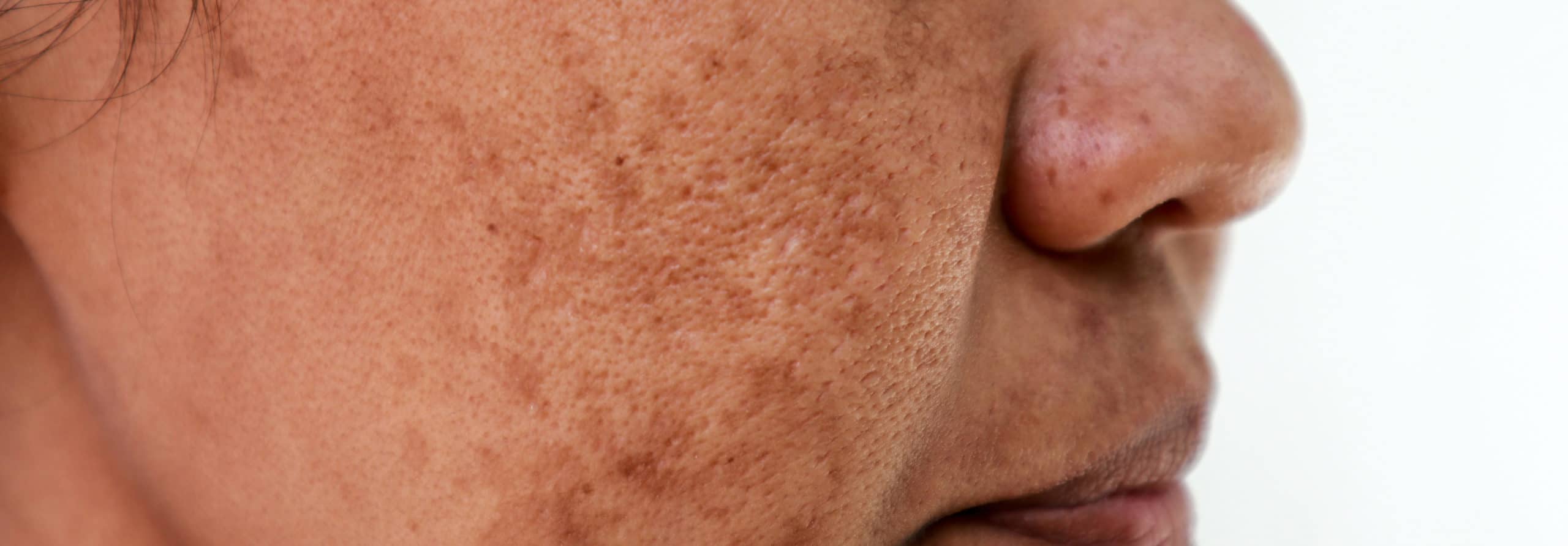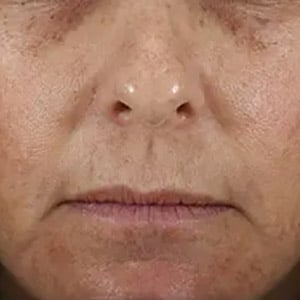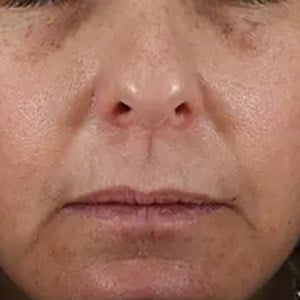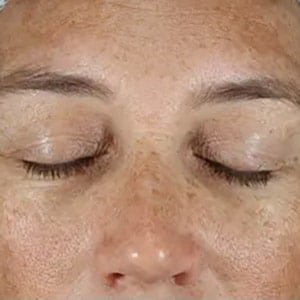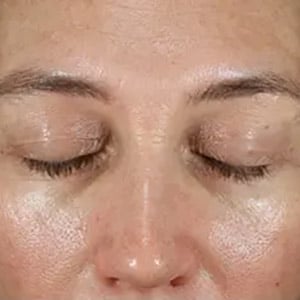Melasma
What Is Melasma?
Also known as chloasma faciei or the “mask of pregnancy,” melasma is a condition that most commonly affects women. It appears as grayish brown patches on the face and can often appear on the forehead, cheeks, nose and chin. Melasma also sometimes shows up on the chest and forearms. Only about 10% of melasma cases happen in men.
Signs and Symptoms of Melasma
Melasma doesn’t cause any physical symptoms that someone might feel. It does cause some visible changes to the skin. Brown patches may appear on the:
- Bridge of the nose
- Cheeks
- Forehead
- Upper lip
- Chin
While melasma sometimes appears on the neck or forearms, this is not as common.
What Causes Melasma?
There is no known cause of melasma. It is known that people with more active melanocytes are more likely to develop the condition. Risk factors for melasma include having darker skin or a blood relative who has also had melasma. There are some triggers of the condition, including:
- Exposure to the sun or UV light.
- Hormonal shifts, such as those experienced during pregnancy.
- Birth control pills.
- Skin care products that irritate the skin.
While it can happen in men or women, women are far more likely to develop melasma.

